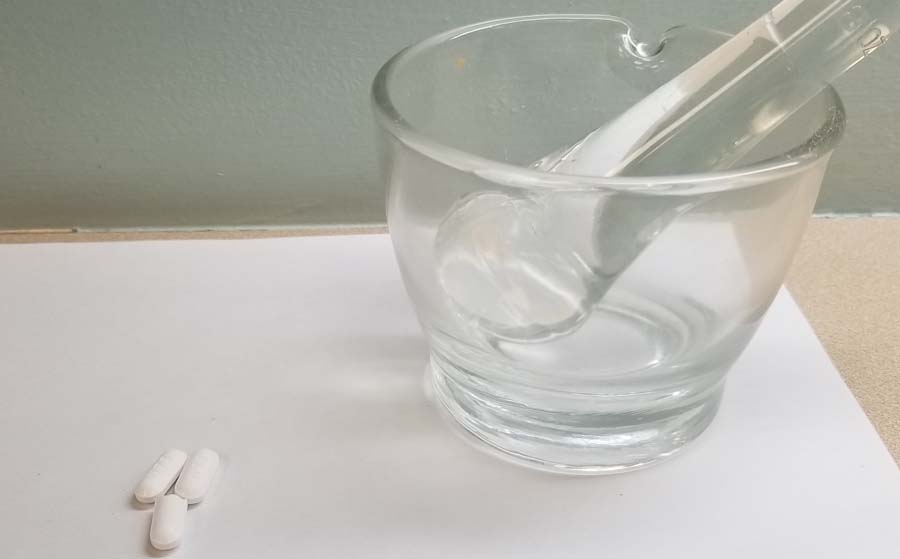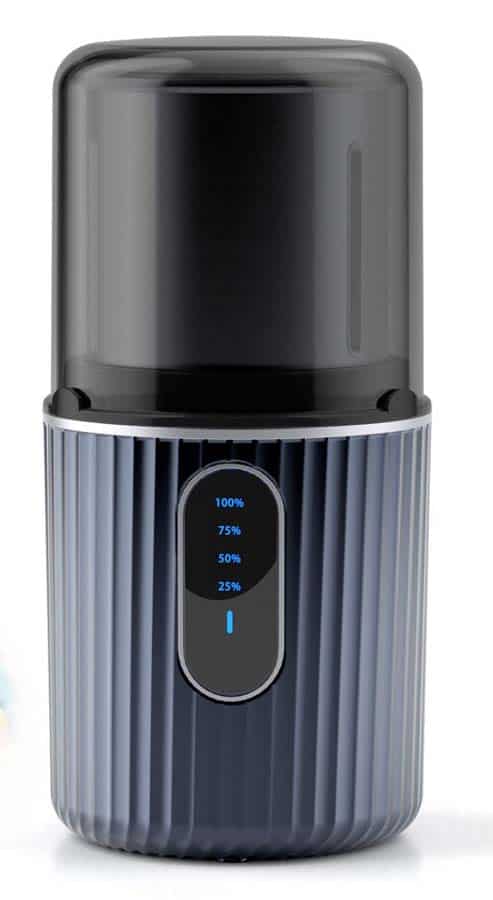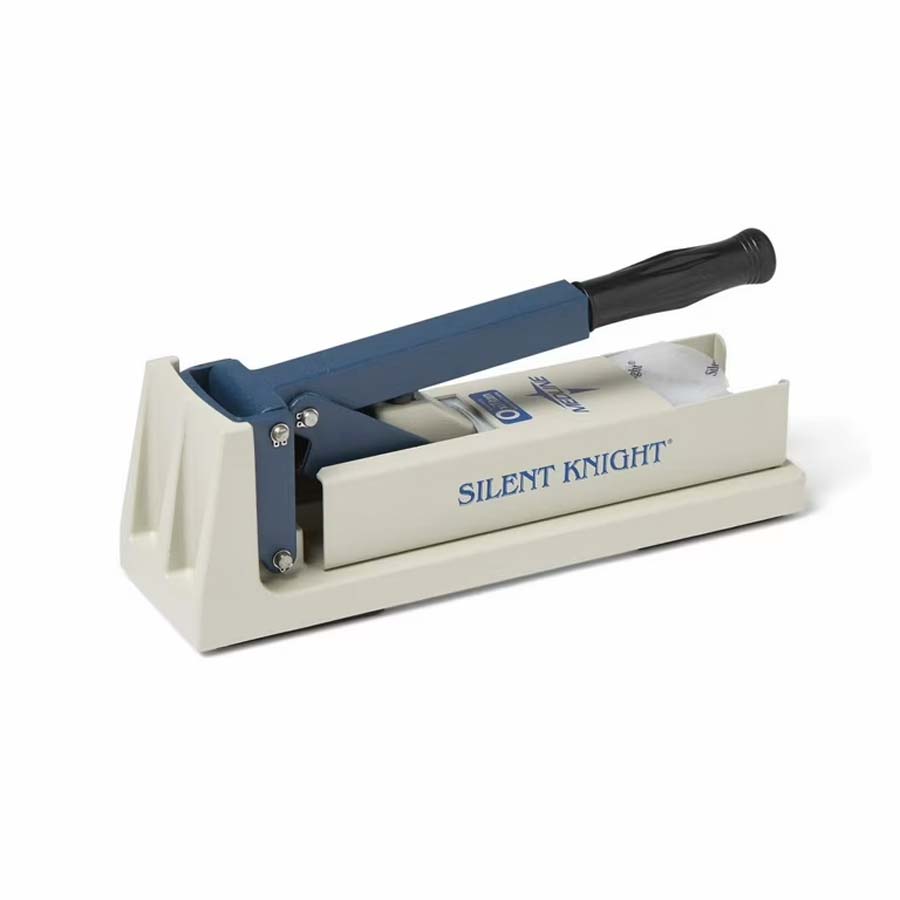A Caregiver’s Guide to Crushing Medications for Hospice Patients at End of Life
When caring for a hospice patient, making sure they receive their medications safely and comfortably is essential. Sometimes, swallowing pills can be difficult for these patients due to various conditions, including trouble swallowing, weakness, or other complications. One way to help is by crushing medications, but not all pills are safe to crush. Knowing which medications can be safely crushed and which cannot is crucial to avoid any potential harm.
This guide will cover why some medications can be crushed, which types are generally safe, which are not, and how to crush medications safely.
Why Some Medications Need to Be Crushed
Many hospice patients have conditions that make swallowing pills challenging, such as:
- Dysphagia: Difficulty swallowing, which can result from neurological conditions, cancer, or muscle weakness.
- Nausea or Vomiting: Some patients may be too sick to swallow pills.
- Mental or Physical Decline: Weakness, dementia, or confusion can make taking medication by mouth difficult.
Crushing medications can help ensure the patient gets their necessary medicine without added stress or discomfort. However, not all medications can be crushed safely, so it’s important to know which ones are suitable for crushing.
Types of Medications That Can Be Crushed
While not an exhaustive list, here are some general guidelines on the types of medications that are typically safe to crush:
- Immediate-Release Tablets
These tablets release their active ingredient quickly and are usually safe to crush. Examples include some types of pain relievers, antihistamines, and blood pressure medications.
- Some Chewable Tablets
Chewable tablets are usually designed to be broken down in the mouth, so they can often be crushed and mixed with food or liquid if the patient cannot chew.
- Uncoated Tablets
If a tablet does not have a coating (such as enteric or extended-release), it is usually safe to crush. These coatings often serve a specific purpose, so plain, uncoated tablets are generally safe.
Medications That Should Never Be Crushed
Certain medications should never be crushed because it can change how they work, cause side effects, or even become dangerous. Here’s a list of common types that should not be crushed:
- Extended-Release (ER, XR, XL) or Sustained-Release (SR) Tablets
These medications are designed to release slowly over time. Crushing them can cause the entire dose to be released at once, which can be harmful. Examples include certain pain medications and heart medicines.
- Enteric-Coated (EC) Tablets
Enteric coatings protect the stomach from irritation or ensure the medication is released in the intestines instead. Crushing these tablets can lead to stomach upset or render the medication ineffective.
- Capsules with Beads or Pellets Inside
Some capsules contain tiny beads or pellets that are designed to release the medication slowly. Crushing them can destroy this timed-release mechanism.
- Special Formulations (like sublingual or buccal tablets)
Medications meant to dissolve under the tongue or in the cheek are designed for rapid absorption. Crushing them can interfere with this process.
- Medications with Specific Coatings (e.g., film-coated)
The coating is often there to protect the stomach, reduce side effects, or improve absorption. Crushing destroys this protection.
Common Examples of Medications That Cannot Be Crushed
Here are a few common medications often used in hospice care that should not be crushed:
- OxyContin (oxycodone ER): A long-acting pain reliever that should not be crushed due to the risk of overdose.
- MS Contin (morphine ER): Another long-acting pain medication that releases slowly over time.
- Effexor XR (venlafaxine): An extended-release antidepressant that can cause side effects if crushed.
- Protonix (pantoprazole): An enteric-coated medication for acid reflux that is designed to release in the intestines.
- Cardizem CD (diltiazem): A heart medication that controls release over time and should not be crushed.
How to Safely Crush Medications
When crushing medications is appropriate, it’s essential to do it safely to ensure the medication is administered correctly and comfortably. Here’s a step-by-step guide:
- Consult with a Healthcare Provider
Always consult with a doctor, nurse, or pharmacist to ensure the medication can be safely crushed. If a medication cannot be crushed, they may recommend an alternative form, such as a liquid or patch.
- Use the Right Tools
Use a pill crusher or mortar and pestle specifically designed for this purpose. Avoid using household items like spoons, which can be ineffective or unsafe.
- Crush One Medication at a Time
Crushing medications separately ensures there’s no interaction between drugs before they are administered.
- Mix with Appropriate Foods or Liquids
Mix the crushed medication with a small amount of soft food, like applesauce, yogurt, or pudding, unless otherwise directed. Avoid using hot beverages as heat can affect the medication.
- Label Everything Clearly
If medications are being prepared ahead of time, clearly label each one to avoid any confusion.
- Check for Taste
Some medications are very bitter or have an unpleasant texture when crushed. Ask the healthcare provider if it’s okay to add a small amount of sugar or flavored liquid to improve taste.
Alternatives to Crushing Medications
If a medication cannot be crushed, there are alternative options:
- Liquid Form
Many medications are available in liquid form, which can be easier for hospice patients to swallow.
- Transdermal Patches
For pain management and other conditions, patches that release medication through the skin can be a great alternative.
- Sublingual or Buccal (Cheek) Tablets
Medications designed to dissolve under the tongue or in the cheek can be an excellent option when swallowing is difficult.
- Suppositories
Suppositories may be used if the patient is unable to take medications orally due to severe nausea or vomiting.
- Injectable Medications
Some medications can be given as injections if swallowing is not possible. However, these are usually administered by healthcare professionals.
Final Thoughts
Caring for a hospice patient involves many special considerations, including how they take their medications. Crushing pills can be a helpful solution, but it must be done with care and the guidance of a healthcare provider. Always double-check which medications can be safely crushed and explore other options if needed. Remember, the goal is to ensure that the patient remains comfortable and receives the best possible care.
If you have any questions about medication safety for your loved one, don’t hesitate to reach out to your hospice team. They are there to support you and provide guidance every step of the way.




